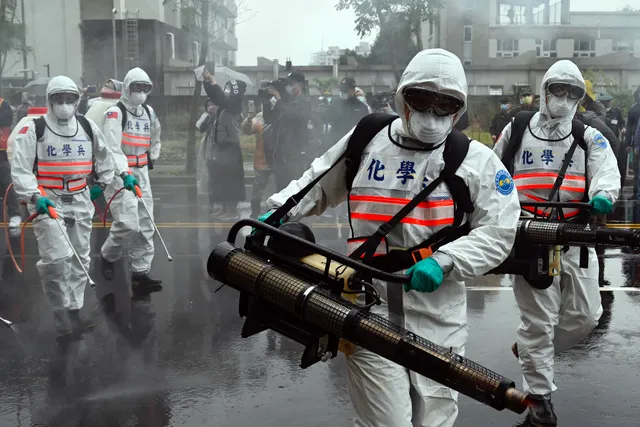The COVID-19 pandemic, caused by the SARS-CoV-2 virus, has upended the world as we know it. Since the first cases were reported in Wuhan, China in December 2019, the virus has spread rapidly to every corner of the globe, infecting millions and causing unprecedented disruptions to daily life.

The spread of the virus is primarily through respiratory droplets when an infected person talks, coughs, or sneezes. These droplets can travel up to 6 feet and infect others who are in close contact. The virus can also be spread by touching contaminated surfaces and then touching one's face, although this is less common.
The virus's ability to spread easily and quickly is one of the reasons why it has become a global pandemic. Unlike other diseases, COVID-19 has a relatively long incubation period, during which time an infected person may not show any symptoms but can still transmit the virus to others. This makes it challenging to control the spread of the disease.
As the pandemic has progressed, it has become clear that certain factors can contribute to the rapid spread of the virus. One of the most significant factors is overcrowding. In areas where people live in close proximity to each other, such as in densely populated cities or in crowded living conditions, the virus can spread quickly from person to person. Similarly, gatherings of large groups of people, such as at parties or religious ceremonies, have been responsible for many outbreaks.
Another significant factor in the spread of the virus is the lack of personal protective equipment (PPE) and access to healthcare. Countries with weaker healthcare systems and inadequate PPE have struggled to contain the virus, leading to higher rates of infection and mortality.
In addition, the virus's ability to mutate and evolve has made it more difficult to control. New variants of the virus, such as the Delta variant, are more transmissible and may cause more severe illness than earlier strains. These variants have caused significant surges in cases in many countries, including India, Brazil, and the United States.
Despite these challenges, there are measures that individuals and governments can take to slow the spread of the virus. One of the most effective ways is through social distancing measures, such as wearing masks, staying six feet apart from others, and avoiding large gatherings. Vaccinations have also proven to be a powerful tool in controlling the spread of the virus.
However, the reality of the spread of COVID-19 is that it will likely continue to be a threat for some time to come. As new variants emerge and vaccines continue to be developed and distributed, it is crucial to remain vigilant and take the necessary precautions to protect ourselves and others. It will take a global effort and a commitment to working together to overcome this pandemic and emerge stronger on the other side.